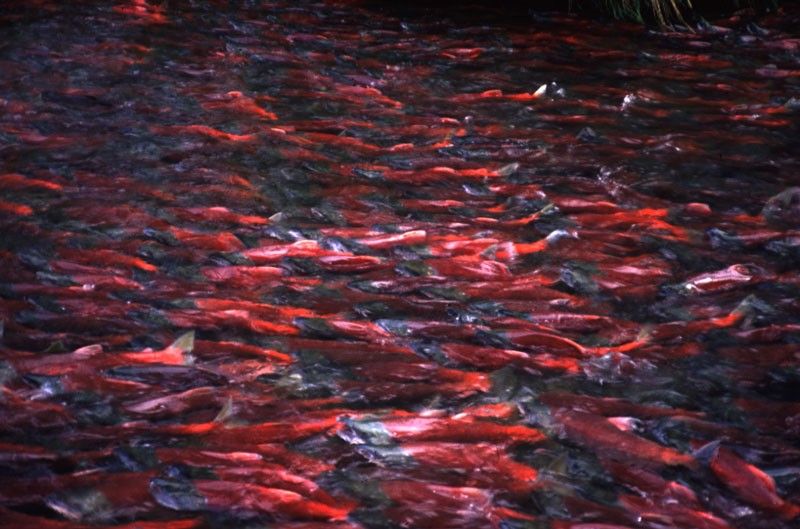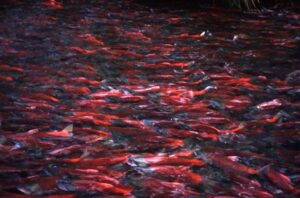
EPA Moves to Protect Bristol Bay from the Proposed Pebble Mine, Initiates Section 404(c)
The Environmental Protection Agency announced today that they are initiating Section 404(c) under the Clean Water Act to ensure protection for the world’s most productive salmon fishery. “Extensive scientific study has given us ample reason to believe that the Pebble Mine would likely have significant and irreversible negative impacts on the Bristol Bay watershed and its abundant salmon fisheries,” said EPA Administrator Gina McCarthy said in a written statement early Friday. “It’s why EPA is taking this step forward in our effort to ensure protection for the world’s most productive salmon fishery from the risks it faces from what could be one of the largest open pit mines on earth. This process is not something the agency does very often, but Bristol Bay is an extraordinary and unique resource.” The EPA has invoked its 404(c) authority only 13 times in its history.
During the EPA review under Section 404(c) the U.S. Army Corp of Engineers will not be able to issue a federal discharge permit, which Northern Dynasty needs in order to dump mine-waste into Bristol Bay’s watershed.
In January the EPA Bristol Bay Watershed Assessment was released after a three-year study and one of the most extensive examinations taken on by the EPA, which concluded that the proposed Pebble Mine would likely cause irreversible destruction of streams that support salmon and other important fish species, as well as extensive areas of wetlands, ponds and lakes. Read more about the EPA’s efforts to Protect Bristol Bay here.
Photo credit: Dr. Carol Ann Woody



